Samsung Says More OLED Notebooks
Samsung Display’s previous target for OLED notebook panels had been 4m units this year but based on its expected shipment schedule, which currently accounts for between 4.2m and 4.6m units, the company believes they will be able to push that to between 5.5m and 6m units. These are aggressive targets although estimates that over 37% (y/y) more OLED notebook panels were shipped in 1Q, has likely given SDC a bit more confidence in the new targets, but OLED notebooks are still relatively new and while the premiums for OLED notebooks over LCDs are less than we would have expected at this relatively early stage in their development (see our 5/20/21 note for details), sell-through in 2H is the key to bringing shipments up to those targets. The good news for notebook brands is that OLED notebooks represent less than 2% of units for most brands, while OLED notebook penetration for Asus (2357.TT) and Samsung Electronics (005930.KS) are expected higher than average this year, leaving lots of room to grow the category, with most estimates for OLED notebook unit volume below SDC’s new target.
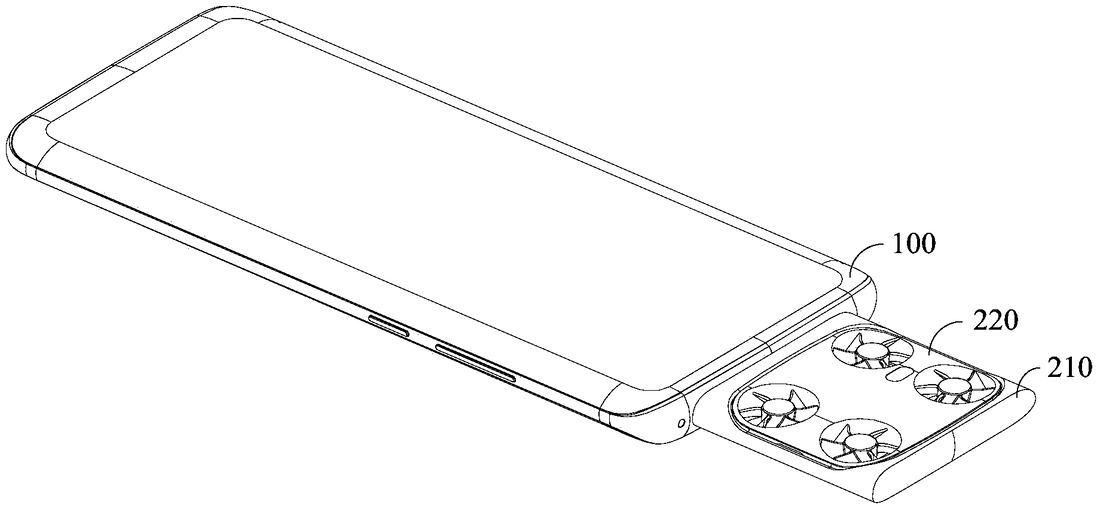
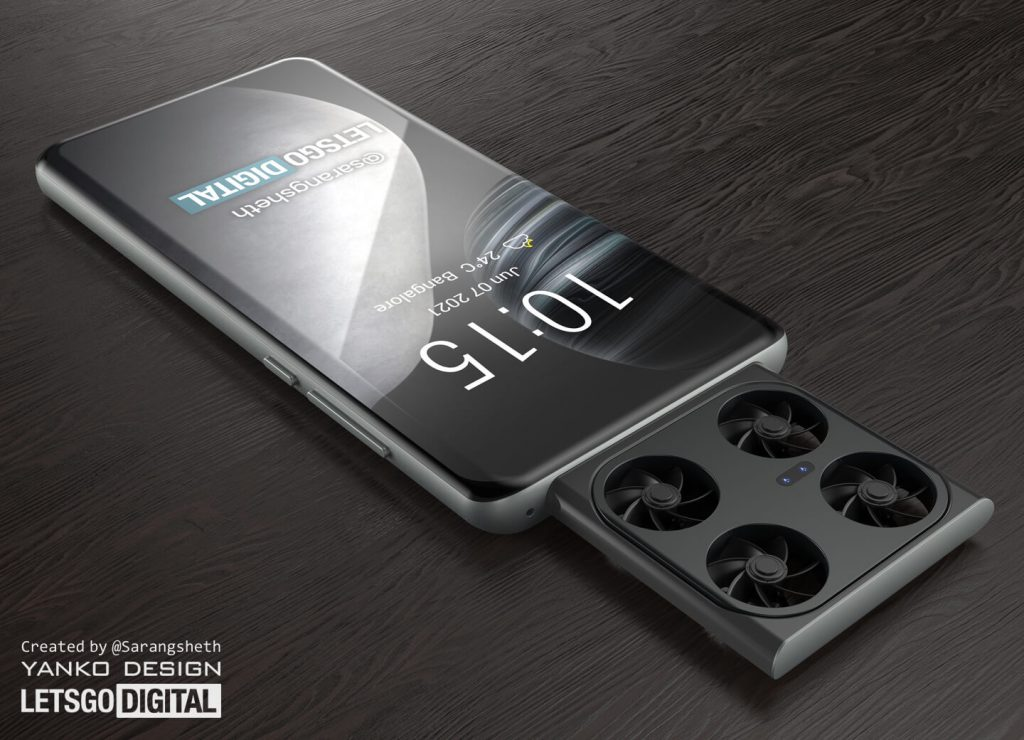
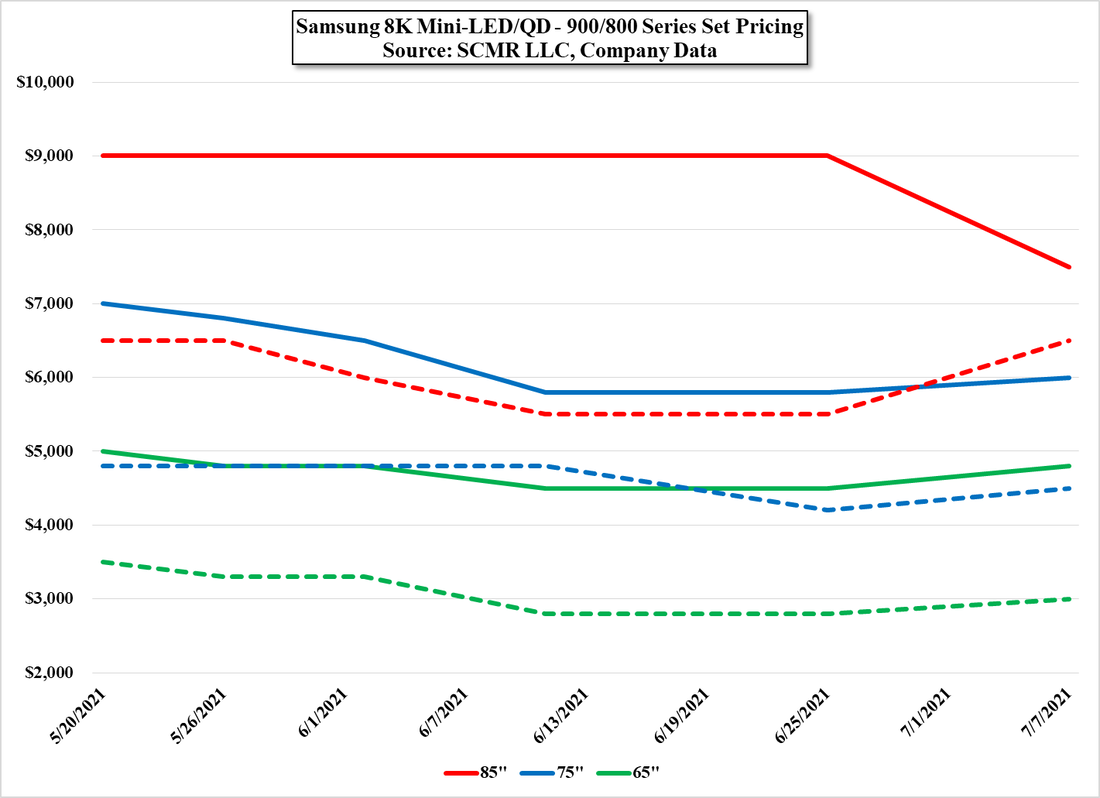
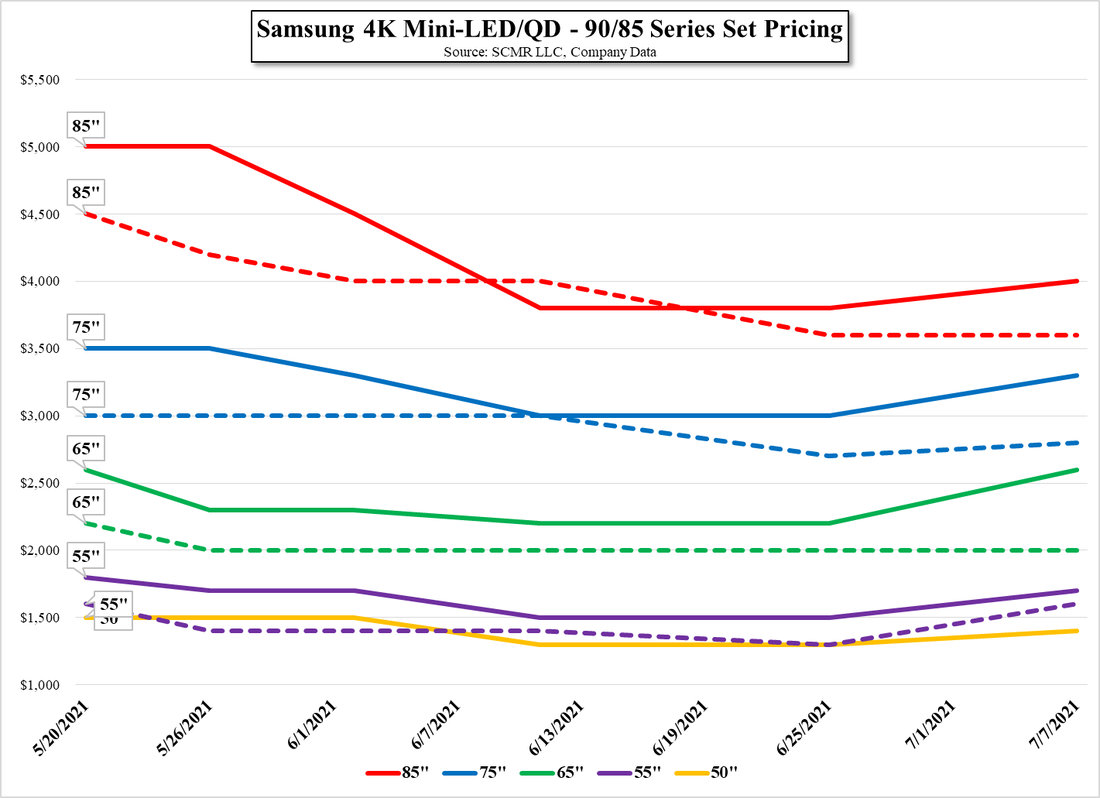
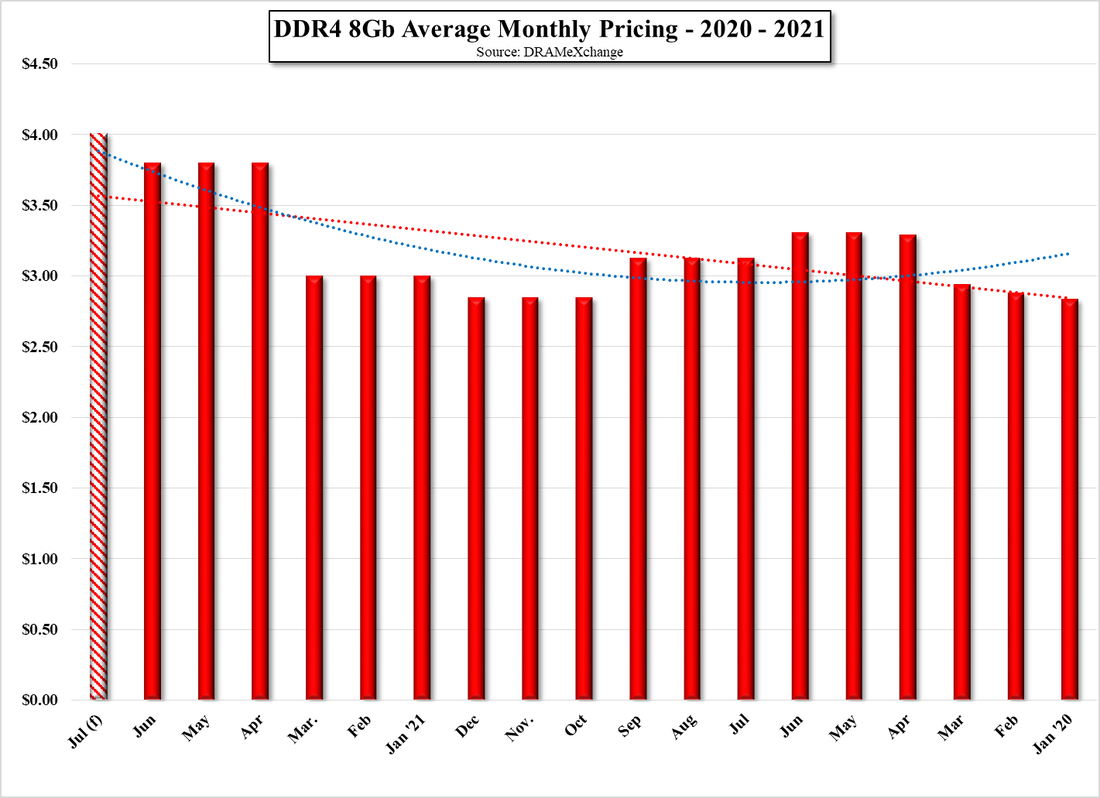

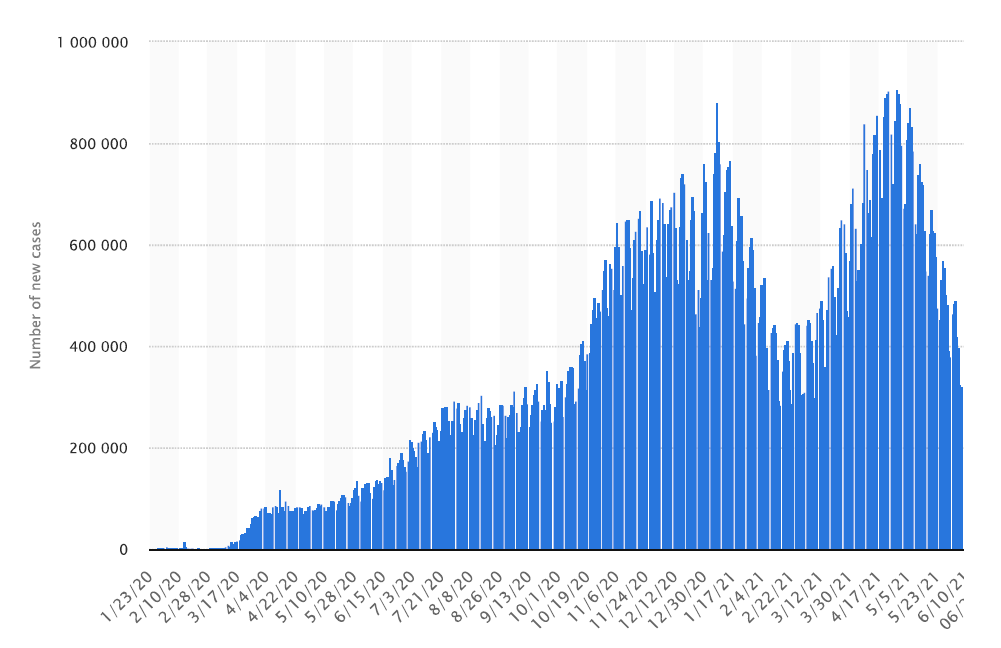

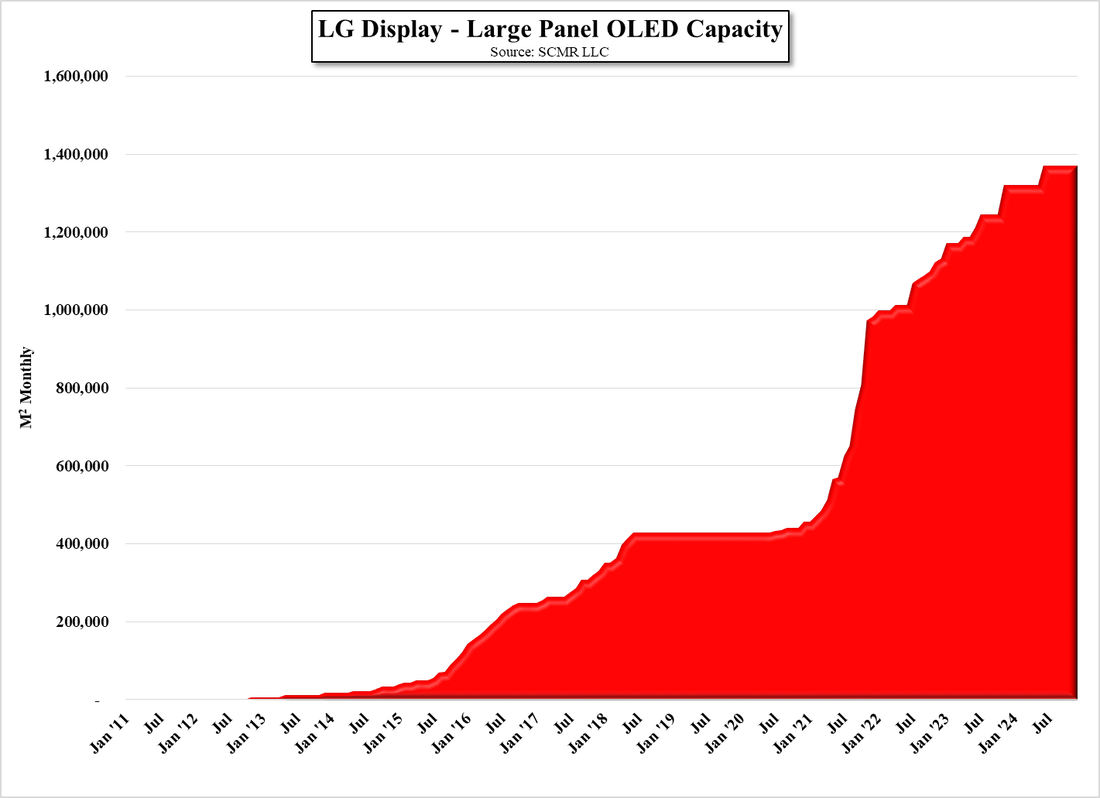
 RSS Feed
RSS Feed